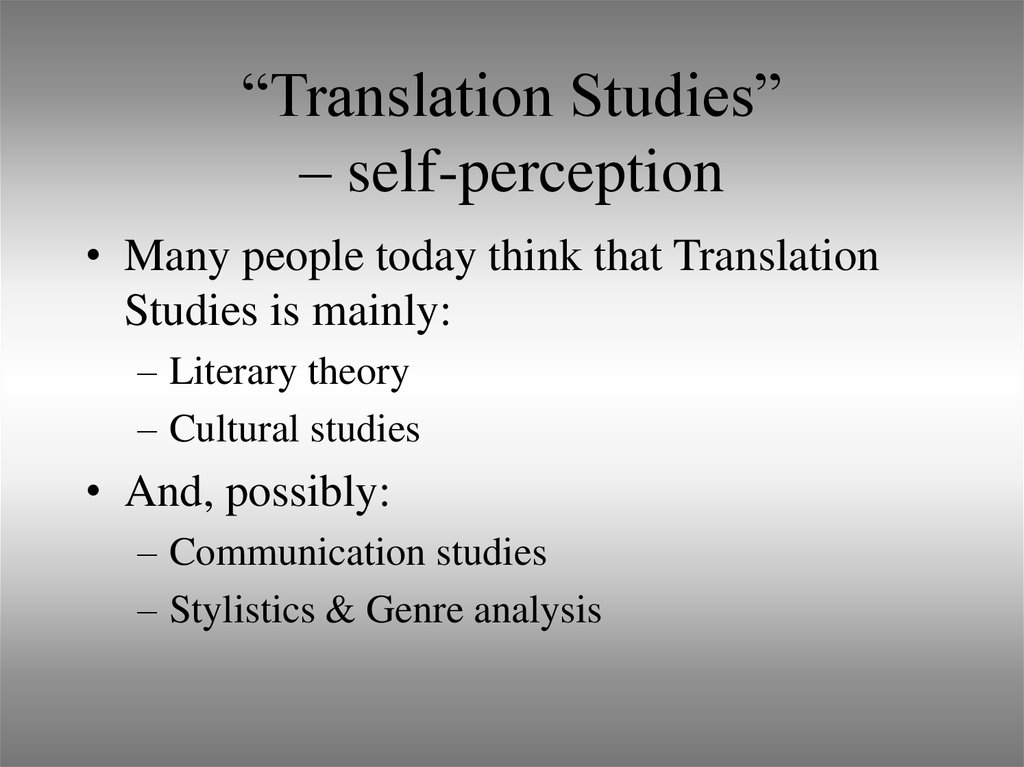

Her pious martyrdom indelibly impressed Simone, who would improve upon Virginia Woolf ’s famous advice and move to a room of her own - in a hotel, with maid service. Their mother, Françoise, a banker’s daughter who had never lived without servants, did all the housework and sewing for the family. But after World War I, her father, Georges, lost most of his fortune, and without dowries Simone and her sister, Hélène, had dim prospects for a marriage within their class. She had a Proustian childhood on the Boulevard Saint-Germain, in Paris. Simone-Ernestine-Lucie-Marie Bertrand de Beauvoir was born in 1908 into a reactionary Catholic family with pretensions to nobility.

It is not the last word on “the problem of woman,” which, Beauvoir wrote, “has always been a problem of men,” but it marks the place in history where an enlightenment begins. The Second Sex was an act of Promethean audacity - a theft of Olympian fire - from which there was no turning back. While no one individual or her work is responsible for that seismic shift in laws and attitudes, the millions of young women who now confidently assume that their entitlement to work, pleasure, and autonomy is equal to that of their brothers owe a measure of their freedom to Beauvoir. (The queens, as Beauvoir remarks, “were neither male nor female: they were sovereigns.”) Opportunities for women have proliferated so broadly in the past six decades, at least in the Western world, that the distance between 20, when The Second Sex was published in France, seems like an eternity (until, that is, one opens a newspaper - the victims of misogyny and sexual abuse are still with us, everywhere). Girls of my generation searching for examples of exceptional women outside the ranks of queens and courtesans, and of a few artists and saints, found precious few.

Not until the late 1960s was there an elected female head of state anywhere in the world. Legal birth control would be denied to French women until 1967, and legal abortion, until 1975. It would also shape Beauvoir’s great treatise on the subject.īeauvoir was then a thirty-eight-year-old public intellectual who had been enfranchised for only a year. I was a day old, and she found a little tag on my bassinet that announced, “It’s a Girl!” In the next bassinet was another newborn (“a lot punier,” she recalled), whose little tag announced, “I’m a Boy!” There we lay, innocent of a distinction - between a female object and a male subject - that would shape our destinies. In 1946, Simone de Beauvoir began to outline what she thought would be an autobiographical essay explaining why, when she had tried to define herself, the first sentence that came to mind was “I am a woman.” That October, my maiden aunt, Beauvoir’s contemporary, came to visit me in the hospital nursery.


 0 kommentar(er)
0 kommentar(er)
